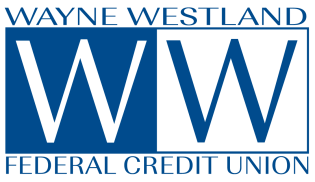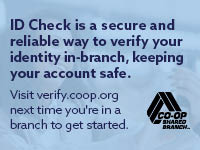There are a number of decisions you need to make when you begin your search for a financial institution. One decision is whether you want to keep your funds at a credit union or a bank. It’s a choice of being a member and part owner of a credit union or just a customer who patronizes a bank, a fact compelling enough to at least check out what a credit union has to offer.
In our community, Wayne and Westland banks have benefits, but credit unions offer a more personable style. That’s what the original intent was when they were first established. In 1864, Friedrich Wilhelm Raiffeisen formed the first rural credit union in Germany, roughly a dozen years after the model had been created by Franz Hermann Schulze-Delitzsch in Eilenburg. Raiffeisen felt that the rural model was necessary because small cash flows and limited employment opportunities in the country made rural areas “unbankable.”
This part of the country has taken some significant hits in the past three years and needs the assistance of financial institutions that care about the plight of the people who patronize them. Decide for yourself after you’ve had a chance to evaluate both choices. Keep your eyes and ears open and make sure you ask as many questions as possible.
As a credit union member, you have input on almost every decision that is made. Many people fall behind at some point in their lives, more in the past two years than at any other time in recent history. How do freezing lending and charging higher fees help those who are in that situation? Many financial institutions have done that. Banks base their decisions on what corporate mandates. Credit unions are run by a democratic process. Most of what happens needs to be brought to a vote and then implemented upon the approval of the membership. This gives you, the member, more control over what’s being done with your money.
The first credit union in the United States was founded in 1905 by French speaking immigrants in Manchester, New Hampshire. They saw how the structure worked in Canada and asked for help in setting up one of their own cooperative, not-for-profit financial institutions. Since then, credit union members nationwide have increased from just a few dozen to over eighty-five million.
During the most recent recession, the model has proven to be more durable and sustaining than that of banks. In 2010, one hundred thirty two banks in the United States failed due to financial insolvency. In that same time period, only twenty credit unions failed. Do you notice how often banks have changed their names in our communities? Now look at your credit unions. They’ve remained the same.


